| VENUE | ROOM SIZE (sqm) |
DIMENSION (m) |
CEILLING HEIGHT (m) |
RECEPTION |
THEATER |
BANQUET HALL |
COKTAIL ROUNDS |
U-SHAPE |
CLASS ROOM |
BOARD ROOM |
HOLLOW SQUARE |
|---|---|---|---|---|---|---|---|---|---|---|---|
| Beach Garden | 4,482 | 54 x 83 | 3000 | 1000 | 600 | ||||||
| Bali Garden | 600 | 30 x 20 | 400 | 300 | 400 | ||||||
| Infinity Pool Garden | 225 | 15 x 15 | 150 | 120 | 150 | ||||||
| Main Pool Garden | 120 | 100 | 100 | ||||||||
| Balinesse Theatre | 582 | 22 x 24 | 300 | 170 | 300 | ||||||
| Bougenville Terrace | 80 | 80 |

Welcome to Merusaka Nusa Dua
Experience unparalleled beachfront serenity
Enhance your escape. Book minimium of three nights to unlock a complimentary suite of rewards, including daily breakfast, spa, dining savings, and more
Enhance your escape. Book minimium of three nights to unlock a complimentary suite of rewards, including daily breakfast, spa, dining savings, and more
Your Balinese Nirvana Awaits

